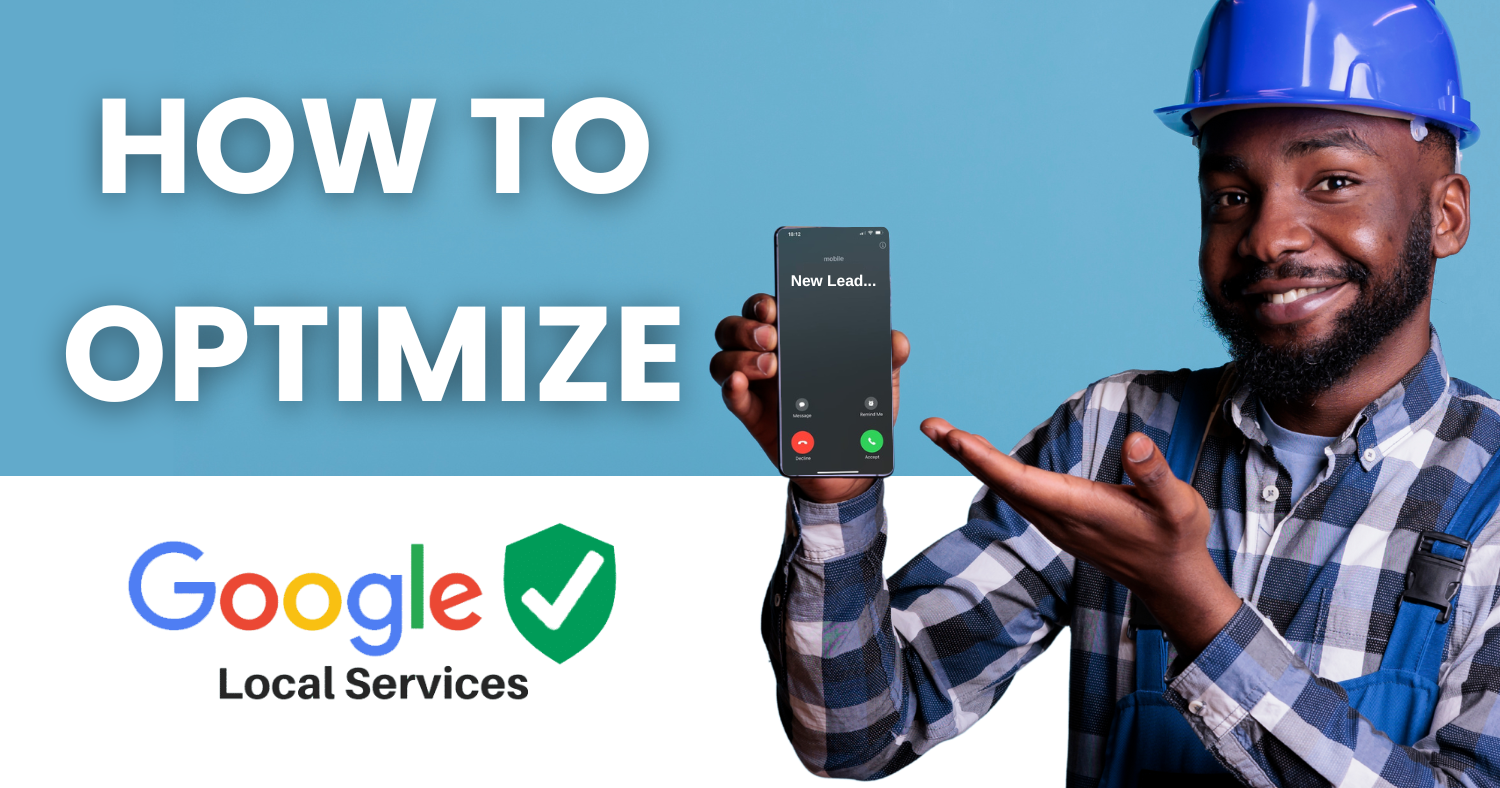
5 Elements That Will Make Your Restoration Company Clients Happy
5 Website Elements That Will Make Your Restoration Company Clients Happy
Did you know that more than 50% of clients who conduct a local search will visit a store within a day? What’s more,78% of local mobile searches result in an offline purchase, and about 56% of all “on-the-go” searches have local intent.
To put this another way, local search is BOOMING, and now is the time to hop aboard.
If you’re wondering how to optimize your restoration website to speak to these local clients, wonder no longer.
This post is here to guide you through the process.
5 Must-Have Website Elements for Local SEO
If local clients are everywhere, how do you attract them to your restoration website? Here are seven actionable tips to implement right now:
1. Keep Your NAP Consistent Across All Directories
NAP stands for name, address, phone number, and refers to the “how to find us” information you must always keep consistent. The reason for this is simple: NAP information is instrumental in ensuring clients know how to locate you. If it’s inconsistent or inaccurate, you thwart the best attempts of your clients to track you down.
[content_leads]
Unfortunately, about 49% of businesses never update their NAP information online. To make the most of local search, don’t be like these businesses. Instead, keep your NAP information consistent and update it across all major listings whenever anything changes.
2. Collect Positive Reviews
If you want to build credibility for your restoration company, collecting local reviews is one of the best things you can do. The reasons for this are many. The most important, though, is trust.
Right now, 84% of customers trust online reviews as much as personal recommendations from friends. Because of this, collecting a few high-quality online reviews is one of the best ways to position your restoration company as trustworthy and reliable, and ensure those local clients keep walking through your doors.
If you’re not sure where to start collecting reviews, turn to social sites like Facebook, your Google listing, and relevant platforms like Yelp and Angie’s List.
3. Create Local Content
If you want to dominate local search, you need to focus on dominating local content, as well. Local content serves a few essential purposes when it comes to your restoration company site’s SEO. To start, it makes it possible to earn links and get the “link juice” you need to ensure search engines are pointing clients to your site.
Secondly, creating local content positions you as an authority in your industry, and ensures that clients will turn to you for information and knowledge.
Finally, having a large amount of local content in your holster gives you material to share on social media and boosts the likelihood that you’ll land positive press mentions, which, in turn, make it possible to grab the attention of new clients and earn the business you deserve.
4. Optimize for Google My Business
Google is the most dominant search engine in the world, and it wants to focus on sharing content it can support and verify.
While Google uses dozens of different metrics to verify a site’s quality, Google My Business is their primary tool. As it stands now, Google evaluates My Business listings to determine if a business is authentic, learn what it offers, and push listings to customers.
With this in mind, it’s essential to optimize for Google My Business. Here are a few steps to do that:
- Create and verify a Google My Business page
- Use Google Posts within your account
- Gain reviews on your Google My Business page
- Encourage clients to post and respond to reviews online
Google automatically assembles this information for your restoration company based on other data they can find about your restoration company online. This is important because, unless you claim your company listing through GMB, you could be missing out on positive reviews and feedback left about your restoration company across the web.
5. Optimize Web Content
The final step in optimizing your site for local SEO is to turn your attention to your lesser-noticed content, including your URL, title tags, headers, and meta description.
While a great deal of local SEO is just showing up and making it possible for clients to find you, there’s also a very technical aspect of the process. Since Google indexes your pages for later use, it pays to ensure all of your content is optimized accordingly.
With this in mind, check your URL, title tags, site and page headers, and meta descriptions for relevant elements like keywords, geo-targeted information, and more.
Not only will these elements help your content appear in search engines, but it’ll make it possible for highly desirable local clients to find you.
The Case for Local SEO
Today, four out of five clients turn to search engines to find information on local businesses. Because of this, you could miss out on about 80% of your possible clients by simply failing to optimize for local search.
Fortunately, positioning your restoration company’s website for local search is easier today than it’s ever been, and following these five tips is a great way to get a leg-up on the competition.
While SEO is always changing, the importance of local search will only continue to climb, and now is a fantastic time to hop aboard.
Want to learn more about our proven 5 step process to improve your leads? See our process here.
[/content_leads]










